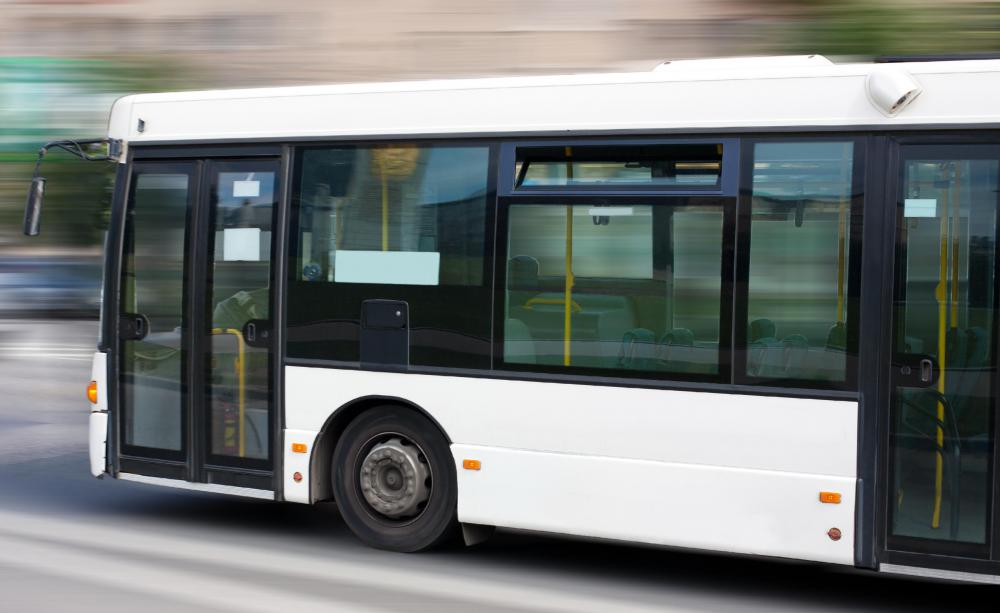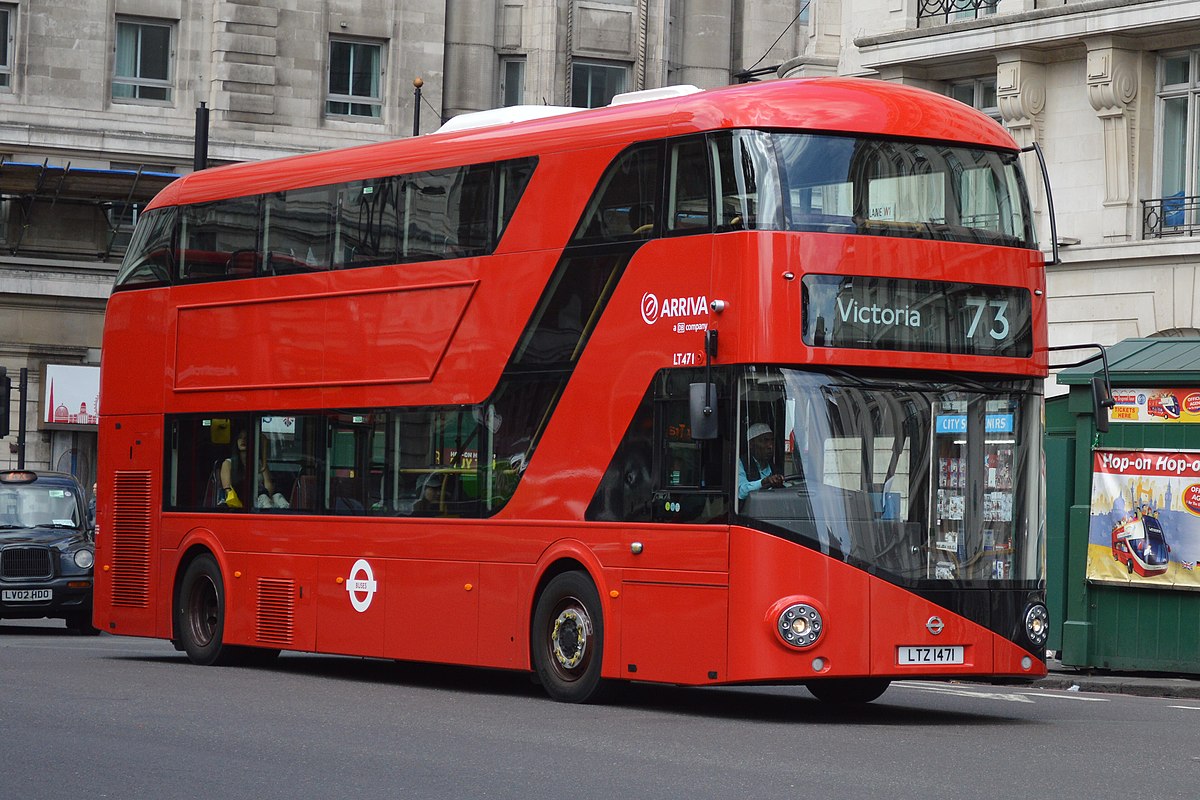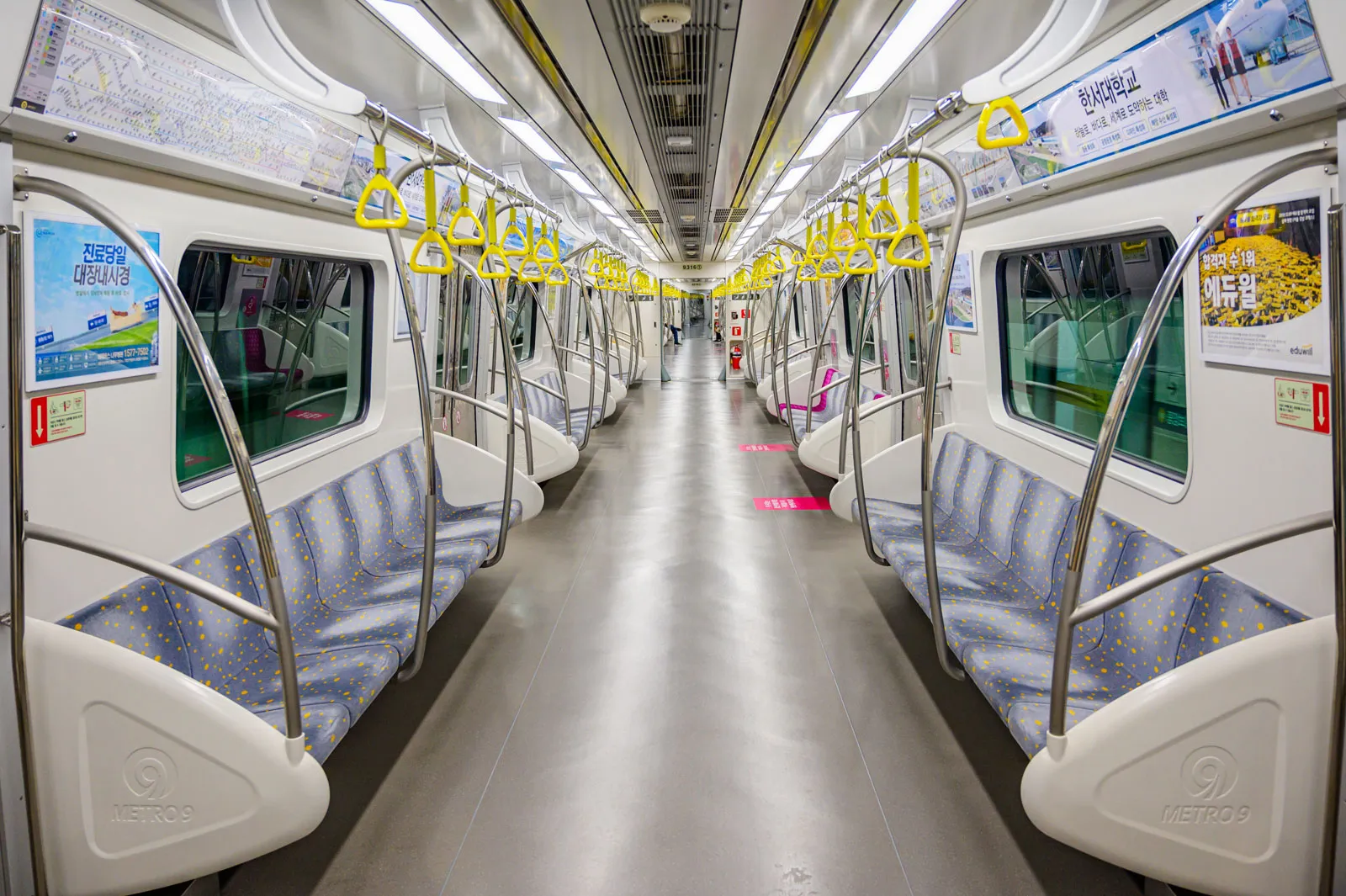In the bustling world of urban commutes and cross-country travels, public transportation serves as the backbone for millions of journeys every day. Amidst the convenience and efficiency it offers, there lurks an unwelcome hitchhiker – the bed bug.
These tiny pests have become notorious for their ability to spread from one unsuspecting traveler to another, turning what should be a routine trip into a potential nightmare. This article delves into the top three types of public transportation commonly infested with bed bugs and offers insights into effective bed bug detection and prevention strategies. Our goal is to arm you with knowledge, making your next journey not just safer but also more comfortable.
1: Buses
Buses stand as one of the most accessible forms of public transportation, catering to a diverse range of passengers daily. This high turnover, coupled with the numerous crevices within seats and behind panels, creates an ideal environment for bed bugs to thrive and multiply. Bed bug detection in such a setting poses a significant challenge due to the vast area that needs to be monitored and the discrete nature of these pests.
To mitigate the risk of infestation, regular inspections using specially trained bed bug detection dogs can be incredibly effective. These canine companions are skilled at sniffing out bed bugs even in the most hidden corners. For passengers, being vigilant about your surroundings and inspecting your seats before sitting can help prevent bed bugs from hitching a ride home with you.
Public education plays a crucial role in bed bug prevention on buses. By informing passengers about how to identify bed bugs and their signs, such as small blood spots or shed skin, transportation authorities can empower individuals to act as an additional line of defense. Educational campaigns can include informative posters inside buses, leaflets, and digital messages sent through transportation apps, all aimed at raising awareness about bed bug prevention.
2: Trains and Subways
The intricate network of trains and subways that shuttle people across cities and beyond is another hotspot for bed bug activity. The constant flow of passengers, combined with the upholstered seats and carpeted floors found in many train cars, provides a perfect habitat for bed bugs to settle in. Detecting bed bugs in such environments requires a proactive approach, focusing on regular maintenance and public awareness.
Train operators can implement routine bed bug prevention measures, such as vacuuming and steam cleaning, to reduce the likelihood of infestations. Educating passengers on how to spot signs of bed bugs and encouraging them to report any sightings can also play a crucial role in early detection and management. For individual travelers, carrying a small flashlight to inspect seating areas before use can be a practical step towards self-protection.
The complexity of managing bed bug infestations in the train and subway systems cannot be overstated. These environments are characterized by their enclosed spaces and high passenger turnover, which can facilitate the rapid spread of bed bugs across the city and even to other regions. The challenge is not only in the detection but also in the effective treatment and prevention of re-infestation. It requires a coordinated effort between transit authorities, pest control professionals, and the public.
One innovative approach to enhancing bed bug detection in trains and subways involves the integration of heat treatments with regular maintenance schedules. Heat is a proven method for eradicating bed bugs at all life stages, and when applied systematically, it can significantly reduce the likelihood of infestations taking hold in public transportation vehicles. Additionally, the use of encasements for seats and the application of bedbug-proof materials in the design of new train cars can offer long-term solutions to this persistent issue.
3: Taxis and Rideshares
While taxis and rideshares offer a more personal and isolated travel experience compared to buses or trains, they are not immune to bed bug issues. The nature of these services means that vehicles are exposed to a wide array of passengers, each potentially bringing along unwanted guests. The challenge of bed bug detection in such settings is heightened by the limited time drivers have between fares to inspect and clean their vehicles.
To address this, drivers can establish regular cleaning routines that include easier-to-inspect tasks like vacuuming seats and floor mats and using protective seat covers. According to Merlin Environmental, passengers can contribute to prevention efforts by minimizing contact between their personal belongings and the vehicle’s upholstery and by remaining vigilant for any signs of bed bugs, such as small, dark spots or live insects.
Stay Vigilant
The key to combating bed bug infestations in public transportation lies in vigilance and proactive prevention. Whether you’re a daily commuter on the bus, an occasional subway rider, or someone who prefers the convenience of taxis and rideshares, being aware of the risks and knowing how to detect bed bugs are your first lines of defense. Regular inspections, prompt reporting of issues, and personal precautions can significantly reduce the chances of encountering these pests.
For public transportation authorities and operators, investing in regular bed bug detection and prevention strategies is not just about maintaining cleanliness—it’s about safeguarding public health and ensuring a comfortable experience for all passengers.
As travelers, our role is to be informed, observant, and cooperative, contributing to a collective effort against bed bugs. By staying vigilant and adopting simple preventive measures, we can all enjoy a safer, more pleasant journey, free from the worries of unwanted travel companions.




